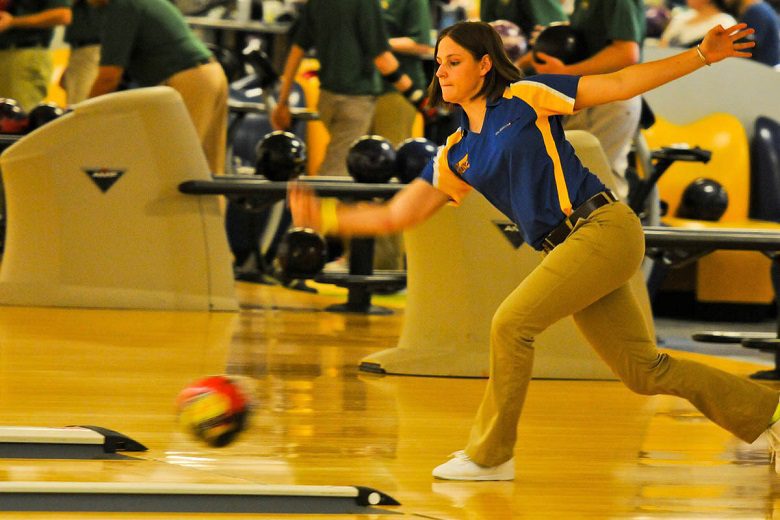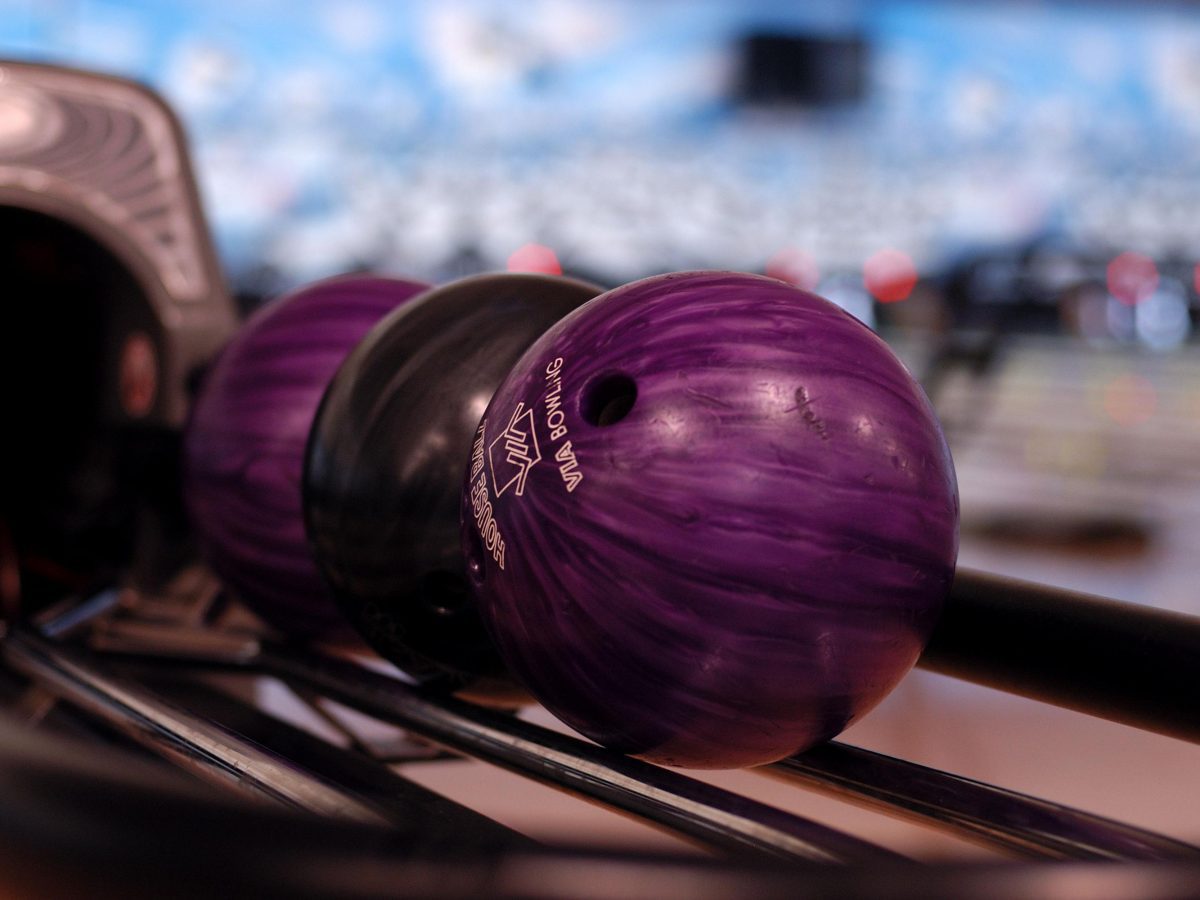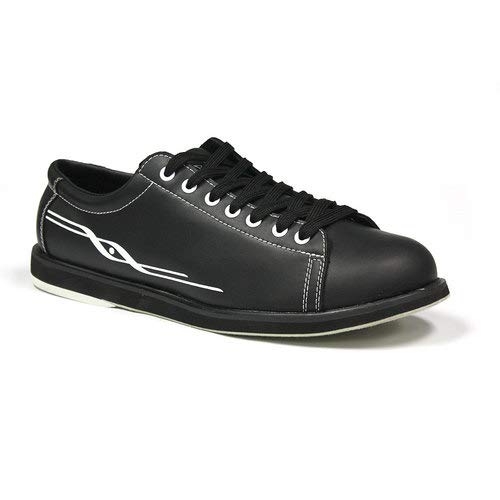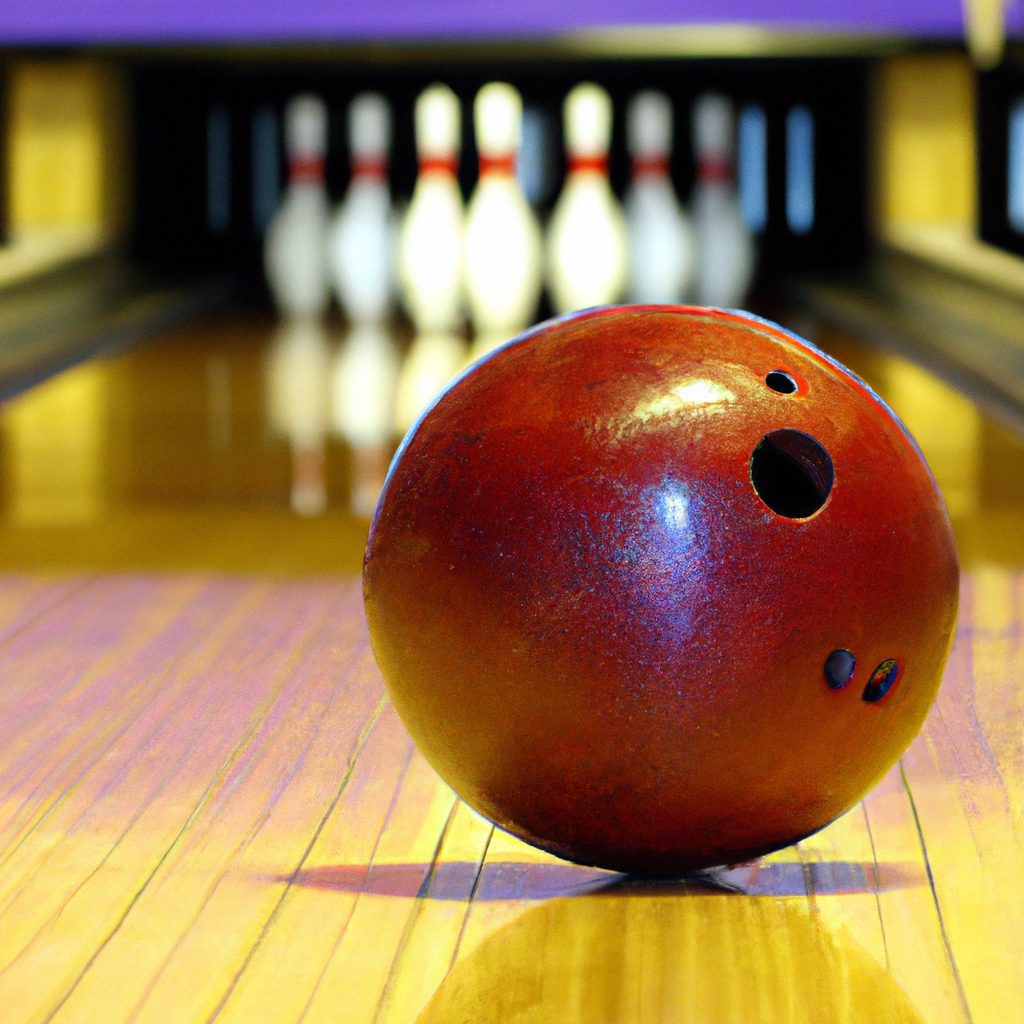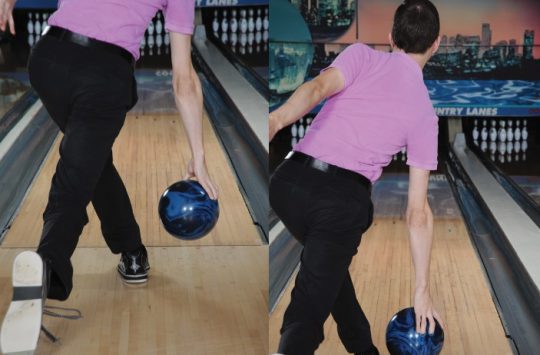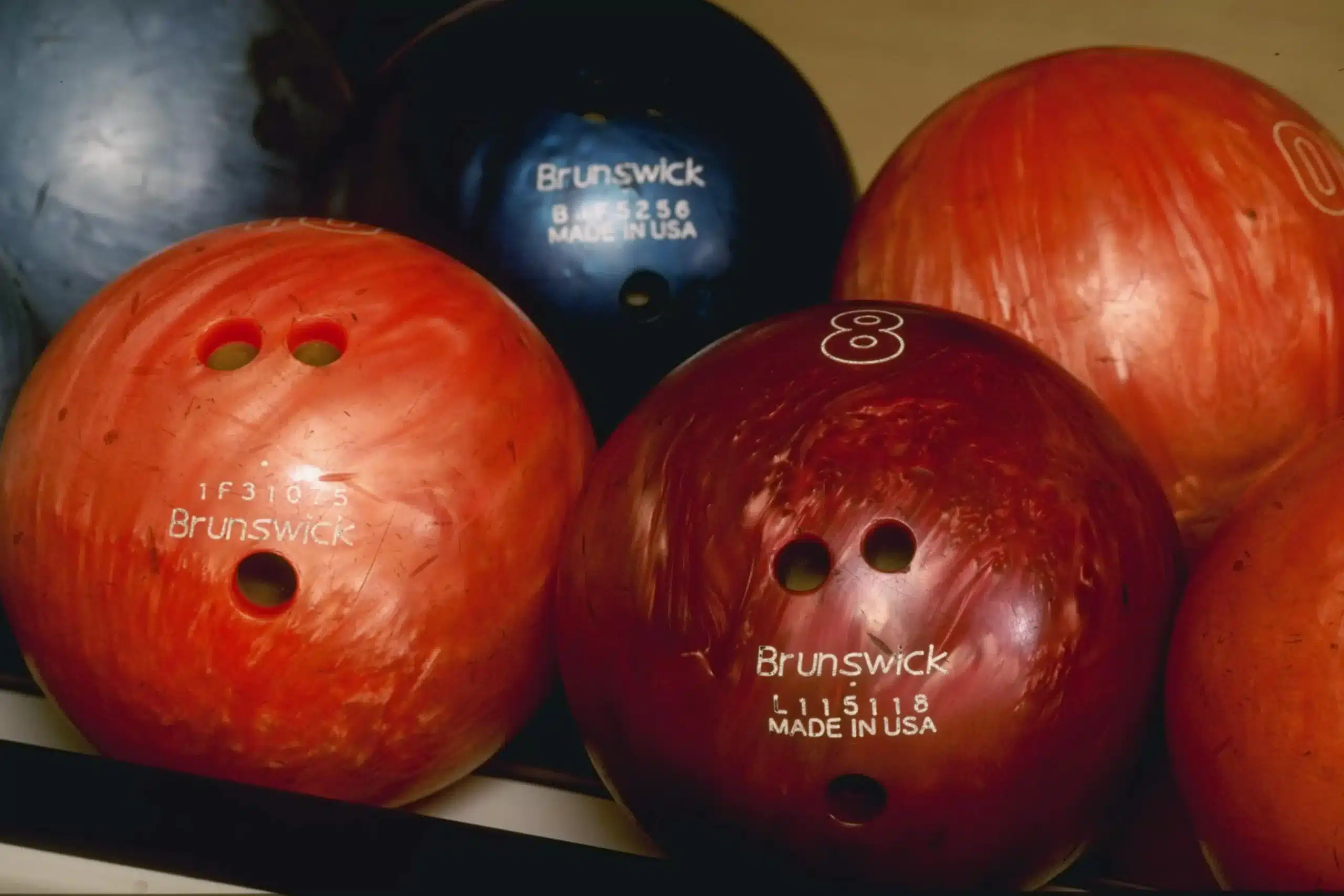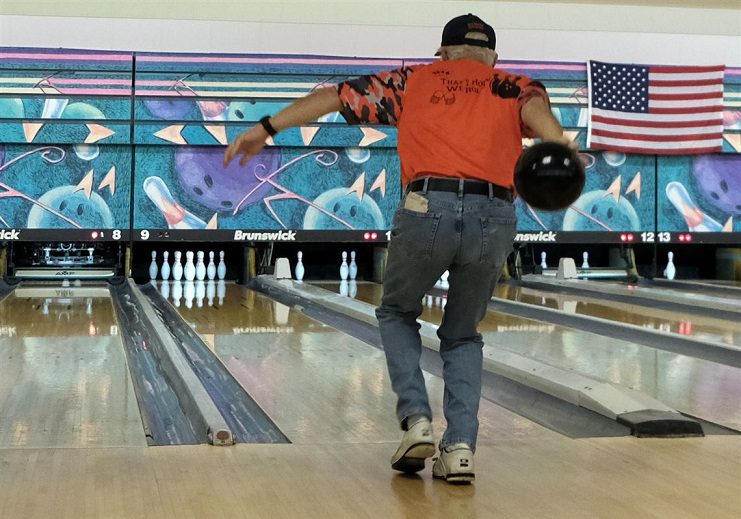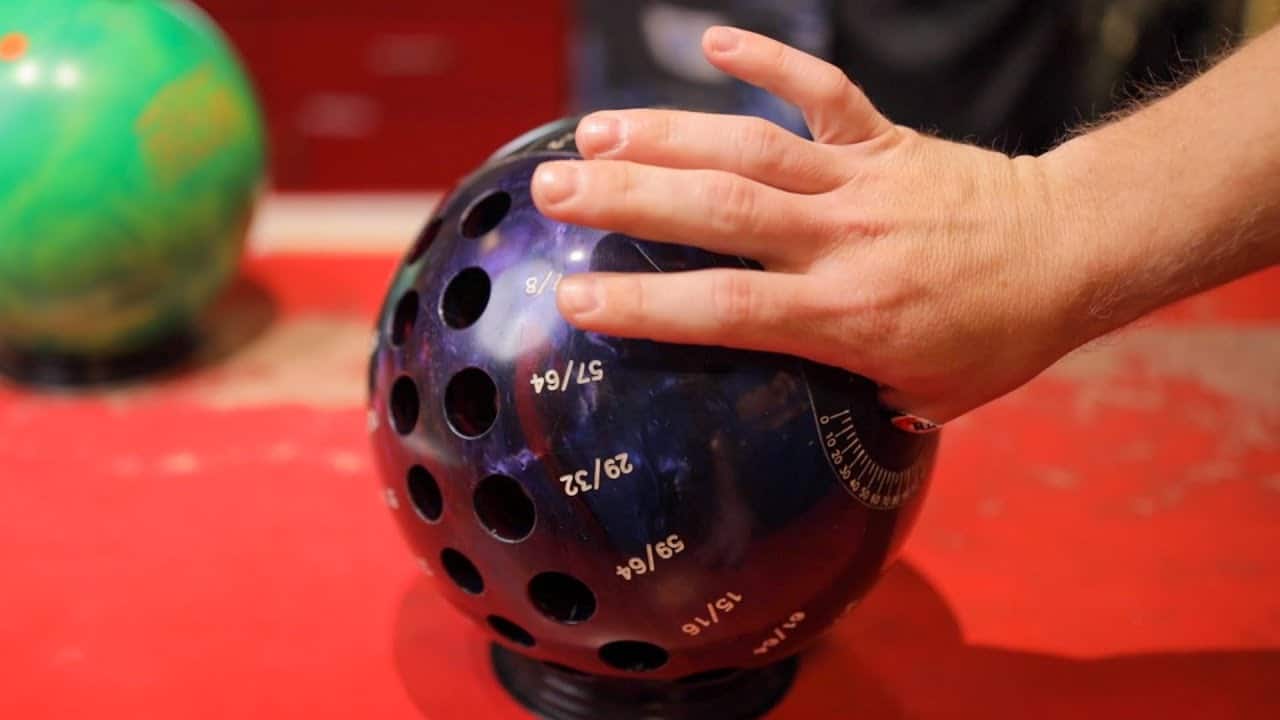Imagine stepping onto the bowling lane, ready to throw a strike, only to see the ball veer off in the wrong direction. Frustrating, isn’t it? We’ve all been there, struggling to stop throwing a backup ball. But fear not, because in this article, we’ll uncover the secrets to correcting this common bowling problem. So, whether you’re a beginner looking to improve your game or an experienced bowler stuck in a rut, read on to discover the techniques and strategies that will help you master the art of bowling without a backup ball.
This image is property of i.ytimg.com.
Review contents
Why Am I Throwing a Backup Ball?
Improper Hand Position
One of the main reasons for throwing a backup ball is improper hand position. When the hand is positioned incorrectly during the release, it can cause the ball to rotate in the opposite direction of the intended hook. This can result in a backup ball, where the ball hooks towards the bowler’s dominant hand instead of away from it. It is important to ensure that the hand position is correct throughout the approach and release in order to avoid this issue.
Lack of Proper Technique
Another common cause of throwing a backup ball is a lack of proper technique. If a bowler does not maintain the correct body positioning, arm swing, and follow-through, it can lead to inconsistencies in the release. This lack of proper technique can cause the ball to rotate improperly, resulting in a backup ball instead of the desired hook. It is crucial to focus on developing and maintaining the proper technique in order to prevent this issue.
Inconsistent Arm Swing
An inconsistent arm swing can also contribute to throwing a backup ball. If the bowler’s arm swing is not consistent in speed, height, or direction, it can affect the release and rotation of the ball. Inconsistencies in the arm swing can lead to a loss of control over the ball, causing it to rotate improperly and result in a backup ball. It is essential to work on developing a consistent and smooth arm swing in order to avoid this issue.
Identifying the Issue
Video Analysis
One effective method of identifying the issue causing a backup ball is through video analysis. By recording and reviewing the bowler’s technique during the approach and release, it becomes easier to spot any errors or inconsistencies in hand position, body positioning, and arm swing. Video analysis allows the bowler and coach to have a clear visual representation to work with, making it easier to pinpoint the exact issue and take steps towards correcting it.
Working with a Coach
Seeking guidance from a coach or bowling instructor is highly recommended in order to identify and resolve the issue of throwing a backup ball. An experienced coach can observe and analyze the bowler’s technique, providing valuable feedback and guidance. They can help identify any flaws in hand position, technique, or arm swing that may be causing the backup ball and offer personalized drills and exercises to address these issues. Working with a coach can greatly speed up the process of identifying and rectifying the problem.
Self-Evaluation
Self-evaluation is another important aspect in identifying the issue causing a backup ball. Bowlers should take the time to reflect on their own technique and approach, analyzing their hand position, arm swing, and overall execution. By being self-aware and identifying any inconsistencies or errors in their technique, bowlers can work towards rectifying the issue on their own. Self-evaluation can be done by recording and reviewing personal performances, comparing them to ideal techniques, and making necessary adjustments.
Developing Proper Technique
Grip Adjustment
One key factor in developing proper technique is adjusting the grip on the bowling ball. The way a bowler holds the ball can greatly impact the release and rotation. To prevent throwing a backup ball, it is important to have a secure and relaxed grip that allows for proper wrist movement. Adjustments to the span, pitch, and finger/thumb inserts may be necessary to achieve the optimal grip and prevent the ball from rotating improperly.
Release Position
The release position is crucial in preventing a backup ball. Bowlers should focus on a clean and consistent release, with the fingers exiting the ball first and the thumb sliding out smoothly. This promotes a proper rotation and enables the desired hook motion. It is important to develop muscle memory and practice the release position regularly to ensure it becomes second nature.
Ball Rotation
Mastering ball rotation is key to avoiding a backup ball. Generating an ideal amount of rotation helps the ball hook correctly and move towards the target rather than in the opposite direction. Proper rotation can be achieved through the use of a fingertip grip, which allows for greater control over the ball. Additionally, focusing on the release and the hand’s position relative to the ball’s rotation axis can help in developing the right rotation that prevents a backup ball.
Strengthening Your Bowling Arm
Shoulder Exercises
Strengthening the muscles in the bowling arm is important for achieving consistency and preventing a backup ball. Shoulder exercises can help improve the stability and strength required for a smooth arm swing and release. Examples of shoulder exercises include lateral raises, front raises, and shoulder presses. These exercises should be performed regularly to build endurance and strength in the bowling arm.
Forearm and Wrist Exercises
Forearm and wrist strength is vital for controlling the release and preventing a backup ball. Exercises such as wrist curls, reverse wrist curls, and forearm wrist rolls can help strengthen the muscles responsible for controlling the release of the ball. These exercises should be included in a regular strength training routine to enhance the control and accuracy of the release.
Core Strengthening
Core strength plays a significant role in maintaining balance and stability during the approach and release. A strong core provides a solid foundation for a consistent arm swing and helps prevent any unwanted fluctuations in body position. Exercises such as planks, Russian twists, and medicine ball throws are effective for strengthening the core muscles. Including core strengthening exercises in a regular workout routine can greatly improve overall bowling performance and prevent a backup ball.
This image is property of i.ytimg.com.
Practicing with Corrective Drills
Target Alignment Drill
One effective drill for correcting a backup ball is the target alignment drill. This drill involves focusing on aligning the body and targeting towards the intended target consistently. By ensuring that the body is facing the target accurately, the release and rotation of the ball become more natural, preventing a backup ball. This drill can be practiced during warm-ups and incorporated into regular training sessions to develop proper targeting habits.
Balance Arm Drill
The balance arm drill is designed to help bowlers maintain proper balance throughout the approach and release. By holding the non-bowling arm still and extending it to the side during the approach, bowlers can achieve better body control and a smoother arm swing. This drill helps eliminate any excess movement or imbalance that may be contributing to a backup ball. Practicing the balance arm drill regularly can lead to greater consistency and accuracy in the release.
Thumb-First Drill
The thumb-first drill is a useful exercise to develop a clean and consistent release. By focusing on removing the thumb first during the release, the bowler can ensure a smoother and more controlled motion. This drill helps in preventing a backup ball by promoting a proper rotation and allowing the fingers to have a stronger influence on the ball’s movement. Incorporating the thumb-first drill into practice sessions can enhance the release and prevent a backup ball.
Learning to Control Ball Speed
Focus on Consistency
Controlling ball speed is essential for preventing a backup ball. By focusing on consistent ball speed throughout the approach and release, the bowler can achieve better control over the hook and rotation. Consistency can be achieved by maintaining a smooth and steady rhythm, avoiding sudden changes in tempo or speed. By practicing and developing a consistent ball speed, bowlers can minimize the chances of throwing a backup ball.
Adjusting Ball Weight
The weight of the bowling ball can impact the speed at which it travels down the lane. Adjusting the ball weight can help a bowler find the optimal speed for preventing a backup ball. If the ball is too heavy, it can lead to a slower speed and a backup ball. Conversely, if the ball is too light, it can result in increased speed and difficulties in controlling the hook. Finding the right ball weight can greatly improve ball speed control and prevent a backup ball.
Utilizing Different Ball Surfaces
Different ball surfaces have varying levels of grip on the lane, which can affect the speed and direction of the ball. By utilizing different ball surfaces, bowlers can adjust their ball speed and prevent a backup ball. A smoother or polished surface can increase ball speed, while a rougher surface can reduce speed. Experimenting with different ball surfaces during practice sessions can help in finding the ideal surface that allows for better control and avoids a backup ball.
This image is property of i.ytimg.com.
Improving Your Timing
Find Your Rhythm
Having a consistent and smooth rhythm is crucial in developing proper timing and preventing a backup ball. Each bowler has their own unique rhythm that feels comfortable and natural to them. It is important to understand and find this rhythm in order to maintain consistent timing throughout the approach and release. Experimenting with different tempos, pacing, and footwork can help bowlers find their ideal rhythm and improve their timing.
Develop a Pre-shot Routine
Having a pre-shot routine is beneficial for establishing a consistent timing and preventing a backup ball. A pre-shot routine helps bowlers focus and prepare mentally and physically for each shot. By following a set routine, it becomes easier to maintain proper timing and ensure a smooth release. A pre-shot routine may include visualizing the shot, taking deep breaths, and performing specific rituals or movements. Developing and practicing a pre-shot routine can greatly enhance timing and prevent a backup ball.
Monitor Your Timing
Consistently monitoring and fine-tuning your timing is essential in mitigating the chances of throwing a backup ball. Paying close attention to the synchronization of your footwork, arm swing, and release can help identify any inconsistencies in timing that may be causing a backup ball. Regularly reviewing video footage and analyzing your technique can provide valuable insights into timing issues. By being mindful of your timing and making necessary adjustments, you can improve overall performance and avoid a backup ball.
Understanding Lane Conditions
Dry Lanes
Dry lanes refer to bowling lanes that have low amounts of oil on the surface. These lanes tend to offer less friction, resulting in a faster ball speed and reduced hook potential. When bowling on dry lanes, it is important to adjust your technique and release to prevent a backup ball. This may involve using a ball with a smoother surface or making adjustments to your targeting and ball speed. Understanding and adapting to dry lane conditions can help prevent a backup ball and improve overall performance.
Heavy Oil Lanes
Heavy oil lanes, on the other hand, have a significant amount of oil applied to the surface. This creates higher friction and can slow down the ball speed while increasing hook potential. When bowling on heavy oil lanes, it is important to adjust your technique to prevent the ball from overhooking and potentially causing a backup ball. This may involve using a ball with a more aggressive surface or making adjustments to your targeting and speed. Adapting to heavy oil lane conditions can help prevent a backup ball and maximize your scoring potential.
Adjusting to Lane Conditions
Understanding and adapting to different lane conditions is crucial for preventing a backup ball. By studying and assessing the oil patterns and lane characteristics, bowlers can make the necessary adjustments to their technique, equipment, and targeting. This may include modifying the release, changing ball surface or weight, and fine-tuning ball speed and targeting. Adapting to lane conditions is an ongoing process that requires practice and experimentation, but it is essential for preventing a backup ball and achieving consistent performance.
This image is property of i.ytimg.com.
Equipment Considerations
Consulting with Pro Shop Staff
When experiencing a backup ball, seeking expert advice from pro shop staff is highly recommended. Pro shop staff members are knowledgeable about different ball types, weights, and layouts, and can provide guidance on selecting the right equipment to prevent a backup ball. They can analyze your game, recommend appropriate adjustments, and provide valuable insights into the equipment that suits your bowling style and lane conditions. Consulting with pro shop staff can save you time and effort in finding the right equipment to prevent a backup ball.
Choosing the Right Ball
Selecting the right bowling ball is crucial for preventing a backup ball. Factors to consider when choosing a ball include coverstock type, core design, and weight. A ball with a coverstock that offers more grip on the lane can help prevent a backup ball. Additionally, selecting a ball with a core design that promotes an ideal hook motion can contribute to preventing a backup ball. Choosing the right ball weight is also important, as both a ball that is too heavy or too light can negatively impact the release and rotation. Carefully selecting the appropriate ball will greatly improve your chances of preventing a backup ball.
Maintaining Proper Ball Surface
Keep the ball surface well-maintained to prevent a backup ball. Regularly cleaning and maintaining the ball surface ensures optimal grip and prevents any build-up of lane debris or oil. A clean and properly maintained ball surface allows for better control and consistency in the release, reducing the chances of a backup ball. Consult with pro shop staff or research proper cleaning methods to ensure the longevity and effectiveness of the ball’s surface.
Building Mental Strength
Visualization Techniques
Visualization techniques can help bowlers overcome the mental challenges associated with throwing a backup ball. By visualizing successful shots and focusing on executing the proper technique, bowlers can build confidence and mental resilience. Imagining a smooth and accurate release, along with the desired hook motion, can reinforce positive muscle memory and prevent a backup ball. Regular practice of visualization techniques can contribute to improved mental strength and consistent performance.
Focus on Process, not Outcome
Focusing on the process rather than the outcome is an important aspect of building mental strength and preventing a backup ball. Instead of fixating on the final result of the shot, bowlers should concentrate on executing each step of their approach and release with precision. By maintaining focus on the process, bowlers can minimize distractions and maintain the necessary mental clarity for preventing a backup ball. Emphasizing the process allows for better control and consistency, leading to improved performance.
Managing Pressure
Pressure can contribute to a backup ball, as anxiety and stress can disrupt the timing, release, and overall execution. Learning effective strategies for managing pressure is crucial in preventing a backup ball. Techniques such as deep breathing, positive self-talk, and utilizing pre-shot routines can help alleviate nervousness and keep the mind focused on the task at hand. It is important to develop mental resilience and practice managing pressure in order to maintain composure and prevent a backup ball during key moments in competition.
In conclusion, throwing a backup ball is often a result of improper hand position, lack of proper technique, inconsistent arm swing, or a combination of these factors. Identifying the issue can be done through video analysis, working with a coach, or self-evaluation. Developing proper technique involves making adjustments to grip, release position, and ball rotation. Strengthening the bowling arm and practicing corrective drills can greatly improve performance and prevent a backup ball. Learning to control ball speed, improving timing, understanding different lane conditions, considering equipment choices, and building mental strength are all essential components in preventing a backup ball. By addressing these factors and incorporating the suggested strategies, bowlers can overcome the challenge of throwing a backup ball and achieve greater success on the lanes.
This image is property of i.ytimg.com.









![Spare bowling ball Top 10 in 2024. (reviews) Top 10 Best Spare Bowling Balls [2021 Reviewed]](http://landofbowling.com/wp-content/uploads/2021/07/Top-10-Best-Spare-Bowling-Balls-2021-Reviewed.jpg)










